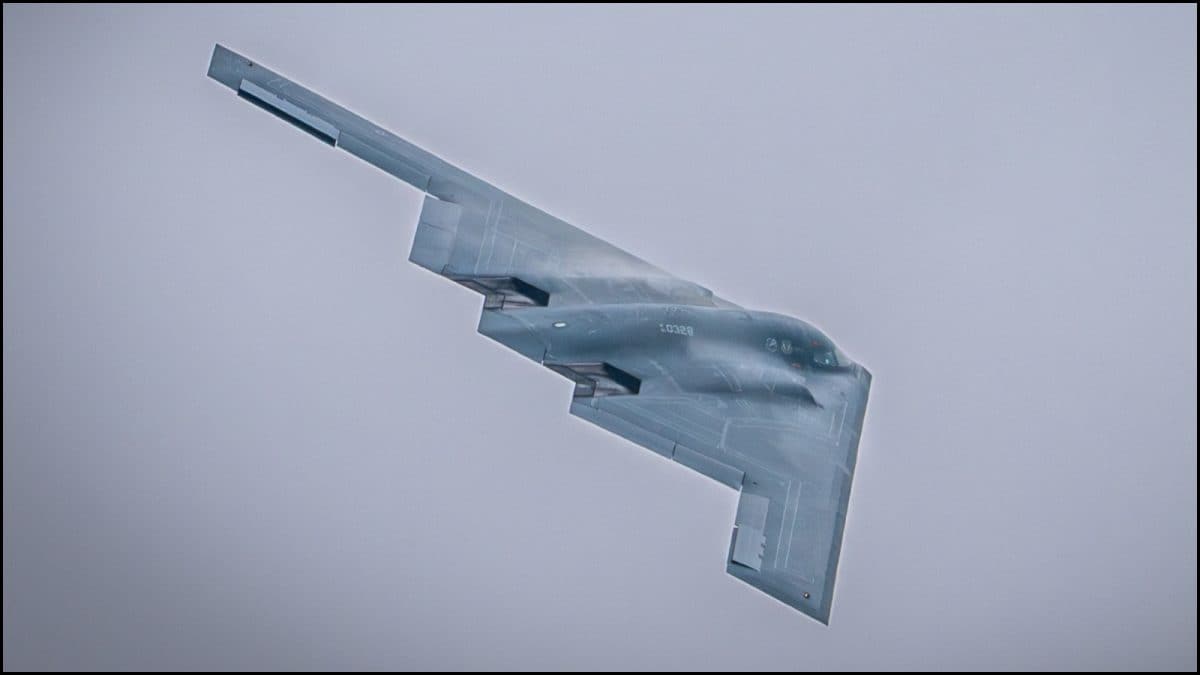ARTICLE AD BOX

When it comes to working in the United States, both the O-1 and H-1B visas serve as gateways for international talent, but they cater to very different kinds of professionals. Here’s all that you need to know.While the O-1 nonimmigrant visa is designed for individuals who possess extraordinary ability in fields like science, education, business, athletics, or the arts, it also includes those with a demonstrated record of exceptional achievement in the motion picture or television industry. To qualify, the applicant must have received national or international recognition for their work.In contrast, the H-1B visa is aimed at skilled workers in specialty occupations, fields that typically require a bachelor's degree or its equivalent.
Common areas include IT, finance, engineering, healthcare, and academia.Here’s how the two visas differ in key areas:

Purpose and eligibilityH1B: Designed for “specialty occupations,” such as professionals in STEM fields. Requires a bachelor’s degree or equivalent in the job’s field.O1: Reserved for individuals demonstrating extraordinary ability or achievement in fields like science, arts, education, business, or sports.
Requires evidence of national or international acclaim.
Duration of Stay
H1B: Initially granted for up to 3 years, with a maximum total of 6 years. Extensions beyond 6 years are possible via time spent abroad or through pending green card processes .O1: No maximum duration. Grant is up to 3 years initially, renewable in 1-year increments.Read more: 10 favourite Indian destinations for backpacking under INR 800 a day
Home residency requirement (212(e))
H1B: If the individual is subject to the 212(e) two-year home residency requirement, they must fulfill one of the following conditions to qualify for H-1B status.Spend two years residing in their country of lawful permanent residence (as listed on the DS-2019),orObtain a waiver of the requirement, with a recommendation from the U.S. Department of State (DOS) and final approval from US Citizenship and Immigration Services (USCIS).O1: Not subject to this requirement. Visa issuance abroad and entry is handled through USCIS and consular processing .

ಸಾಂದರ್ಭಿಕ ಚಿತ್ರ
Application process
H1B: Requires a Labor Condition Application (LCA) certified by the Department of Labor, followed by USCIS petition approval and consular visa stamp (if applicable).O1: Requires USCIS petition approval and, if applying from outside the US, consular processing. No LCA needed .
Filing timeline and extensions
H1B: Employers may file a petition up to 180 days before employment begins. Extensions require updated documentation; beneficiaries can stay up to 240 days while extension is pending.O
1: Petitions can be filed up to one year before start date with similar 240day automatic stay during USCIS processing .Read more: 6 pahadi escapes in Uttarakhand for the next peaceful break
Changing employers
H1B: Allows “portability,” workers may begin with a new employer upon USCIS receiving the petition.O1: Requires petition approval before starting with a new employer .
Dependents’ employment
H1B: Dependents (H4) can apply for work authorisation if the primary holder has an approved I140 or extended status beyond six years.O1: Dependents (O3) are not eligible for employment authorisation.
Patient care roles
H1B: Allows full patient contact for US or foreign-med school grads who pass licensure exams.O1: Permits patient care based on state and institutional rules; no fixed regulations .
Outside employment
Neither H1B nor O1 allows employment outside the petitioning employer without NIH ethics and DIS approval.
Return travel guarantee
Employers must cover return-travel costs for both H1B and O1 visa holders if employment is terminated before the end date.
Which one should you choose?
Go for H1B if you have a bachelor’s-degree job in a specialty field and want a clear pathway to a green card.Opt for O1 if you've earned significant acclaim in your field and need flexibility—no cap, no six-year limit, and fewer bureaucratic hoops.Understanding these differences will help professionals and employers make informed decisions between the structured route of the H1B and the elite O1 path.



.png)
.png)
.png)
















 5 hours ago
4
5 hours ago
4









 English (US) ·
English (US) ·